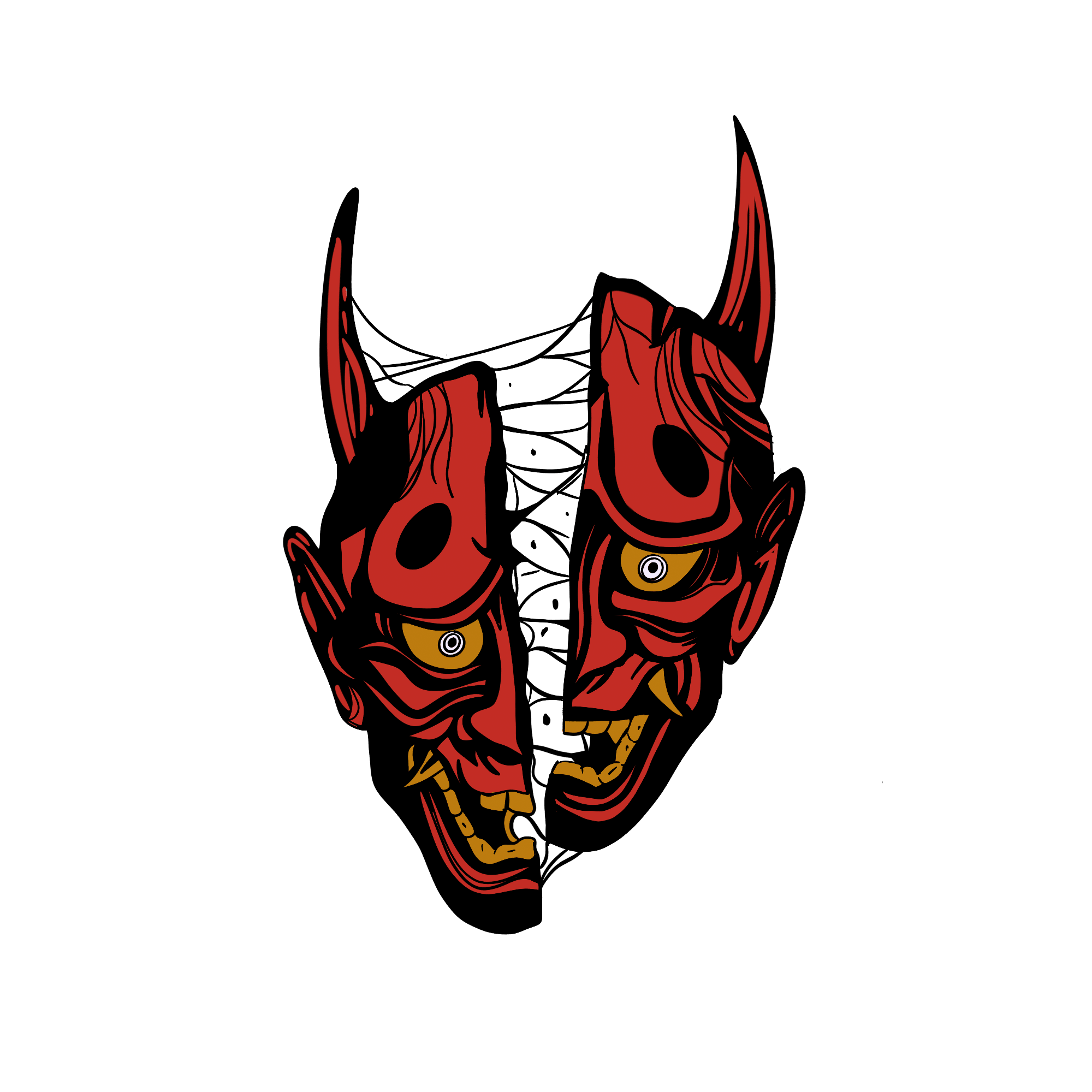AdimironShadows Demon


Throughout the annals of human history, tales of supernatural beings have captivated our imaginations, sparking fear, awe, and fascination. Among these entities, the demon Adimiron stands as a shadowy enigma, an elusive figure lurking at the fringes of myth and legend.
The origins of Adimiron are shrouded in obscurity, and unlike many well-documented demons and mythical creatures, Adimiron's presence is scattered across diverse cultural narratives. The name "Adimiron" itself has no clear etymological roots, further deepening the enigma surrounding this entity.
One of the earliest references to Adimiron can be traced back to ancient Mesopotamian and Babylonian texts, where he is often mentioned as a malevolent spirit that dwells in the depths of the underworld. In these texts, Adimiron is portrayed as a shape-shifting demon who revels in darkness and thrives on chaos. His existence is believed to predate even the earliest known human civilizations, leading some to speculate that he may be a primordial being.
He is further described as being one of the twelve princes of Qlippoth and as having a lion lizard anatomy in his non-shape-shifting state. In the center of the twelve princes is Asmodai, a bloated and bestial man.
Descriptions of Adimiron vary widely among different cultures and time periods, but some common characteristics emerge from the myriad legends and accounts:
1. Shadow Manipulation: Adimiron is frequently associated with the manipulation of shadows. He is said to have the ability to control and animate shadows, using them to obscure the truth and sow confusion.
2. Shape-Shifting: Adimiron is often depicted as a shape-shifter, capable of assuming various forms to deceive and terrify mortals. This ability contributes to his elusiveness and makes it challenging to pin down his true nature.
3. Malevolence: Adimiron is universally regarded as a malevolent force. He is often invoked in stories of betrayal, deceit, and treachery, acting as an agent of chaos and discord.
4. Obscurity and Darkness: Adimiron thrives in darkness and obscurity. He is said to be most active during the night, when shadows are at their deepest, and fear is at its peak.
Adimiron's role in different cultures varies widely, reflecting the adaptability and ambiguity of his character. In some cultures, he is a feared demon, while in others, he is a symbol of the shadowy and enigmatic aspects of human nature:
1. Mesopotamia and Babylon: In these ancient cultures, Adimiron was invoked in rituals meant to ward off evil spirits and protect against deception and treachery. He was seen as a malevolent force that could bring chaos and ruin to individuals and societies.
2. Folklore and Legend: Adimiron often appears in folktales and legends as a cunning trickster or a sinister figure who tests the moral fiber of protagonists. These stories serve as cautionary tales about the dangers of deceit and the consequences of succumbing to darkness.
3. Contemporary Culture: Adimiron's influence can still be seen in contemporary literature, film, and art. He continues to be a symbol of the unknown, the hidden, and the mysterious, serving as a source of inspiration for creative works that explore the darker aspects of human existence.
Adimiron, the demon of shadows, remains a captivating and enigmatic figure in the realm of mythology and folklore. His origins may be obscured by the passage of time, but his enduring presence in human culture attests to the enduring fascination with the unknown and the shadowy corners of the human psyche. Whether viewed as a malevolent force or a symbol of the complexities of human nature, Adimiron continues to cast a long shadow over our collective imagination, reminding us of the ever-present interplay between light and darkness in our lives.
Demons



